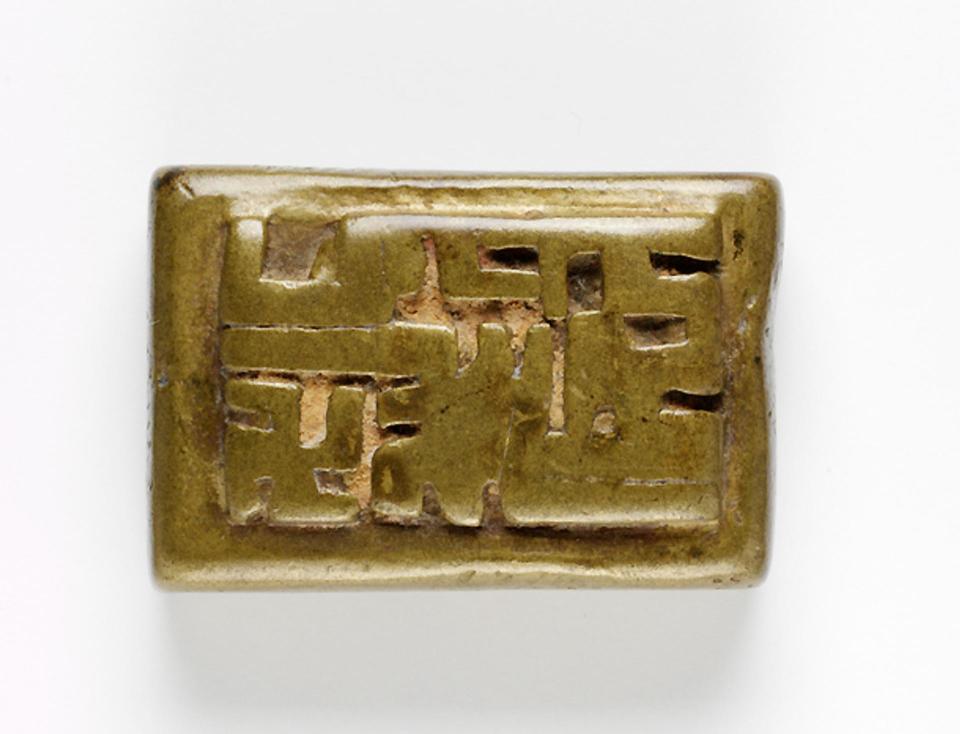Some of Ghana’s looted artifacts will return from Britain in May
The Scoop
ACCRA, Ghana — Looted Asante artifacts from two British museums are expected to arrive in Ghana and be presented to the Asante king on May 12, according to people familiar with the plans. It will mark the start of a three-year loan agreement between Ghanaian authorities and the British.
The loaned artifacts will be returning to their original home after 150 years under two main conditions: that they will be “kept safely” and are returned to the United Kingdom after the stipulated three-year term. “The promises are straightforward, it’s been agreed upon, and we are committed to fulfilling our part of the bargain,” Professor Osei-Bonsu Safo Kantanka, a researcher and spokesperson for the Asante kingdom, told Semafor Africa.
The agreement is also subject to an extension which could see the returned artifacts staying longer in Ghana than the initial three years.
Know More
London’s Victoria & Albert Museum and the British Museum have both agreed to return a total of 32 objects after negotiations that spanned nine months. The majority of the objects, including a gold ring, and a sword of state made from pure gold, were looted during conflicts between the British and Asante armies in the 19th century. In the Asante kingdom, every item made purposely to be used by the king is of at least 24 carat gold. Fifteen items from the British Museum are expected to be presented to the Asante King at a festival, which is expected to attract thousands of tourists from around the world.

The safety of the loaned objects has necessitated the rehabilitation of the Manhyia Palace museum located in Kumasi, Ghana’s second largest city and the capital of the Ashanti region. Officials say the palace currently receives up to 80,000 visitors annually, mostly school children and foreign tourists. “The Asantehene [the king] has made sure that he puts the museum in order awaiting the return of these items,” Kantanka said.
The expansion and rehabilitation works at the palace museum is progressing speedily to publicly display the items stolen by the British colonial forces from the Asante kingdom. The need to return these items to the UK after the agreed three-year tenure is backed by international regulations, including the 1970 UNESCO convention which states that looted items are lost forever.
The View From Los Angeles
Ahead of the move by the two British museums, the Fowler Museum in California on Feb. 8 (main picture above) returned seven of what they also possess “for free” and in exchange for replicated ones. The recent developments are part of a campaign by the king, Otumfuo Nana Osei Tutu II, to recover the items he said in February were “looted and destroyed by the white man,” noting the significance of the spiritual links of these items to his throne and his people.
Room for Disagreement
The return of the looted objects on loan has sparked the debate about why the British are returning just 32 items and on loan. It is estimated that thousands of items are still in museums in Britain and around the world. Cultural historian, Professor Ebenezer Ayensu of Accra’s Heritage Christian University College, believes the number being returned is insignificant because the British took a lot more than that. “Only God knows what they looted” He argues the 1970 UNESCO convention is “unfair” and should be reviewed.
Notable
A new film “Dahomey” which follows the return of artifacts from France to the modern day Benin Republic, has highlighted the miniscule number of items being returned to African countries by former colonial powers, writes The Guardian.

